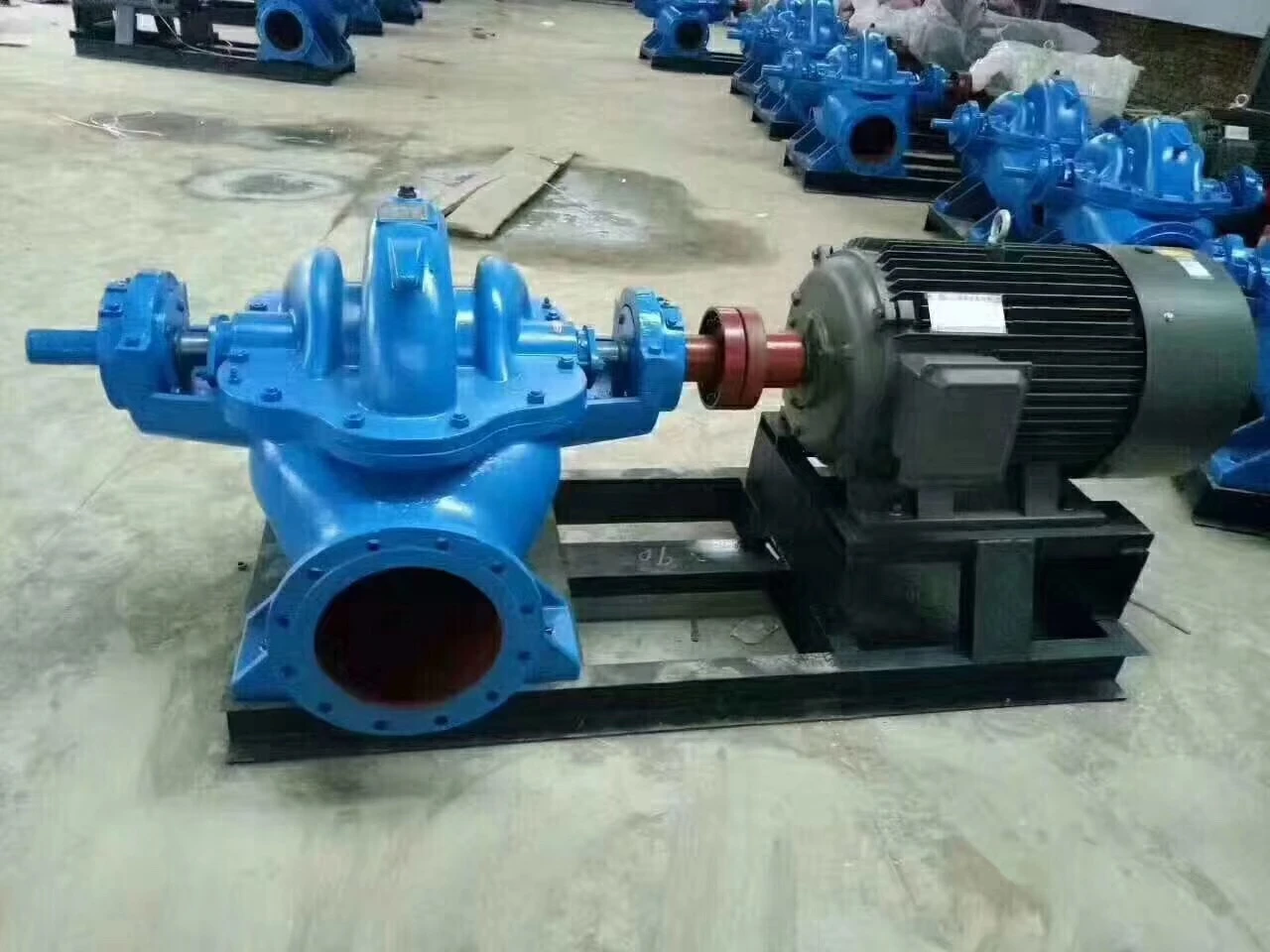English
- Afrikaans
- Albanian
- Amharic
- Arabic
- Armenian
- Azerbaijani
- Basque
- Belarusian
- Bengali
- Bosnian
- Bulgarian
- Catalan
- Cebuano
- Corsican
- Croatian
- Czech
- Danish
- Dutch
- English
- Esperanto
- Estonian
- Finnish
- French
- Frisian
- Galician
- Georgian
- German
- Greek
- Gujarati
- Haitian Creole
- hausa
- hawaiian
- Hebrew
- Hindi
- Miao
- Hungarian
- Icelandic
- igbo
- Indonesian
- irish
- Italian
- Japanese
- Javanese
- Kannada
- kazakh
- Khmer
- Rwandese
- Korean
- Kurdish
- Kyrgyz
- Lao
- Latin
- Latvian
- Lithuanian
- Luxembourgish
- Macedonian
- Malgashi
- Malay
- Malayalam
- Maltese
- Maori
- Marathi
- Mongolian
- Myanmar
- Nepali
- Norwegian
- Norwegian
- Occitan
- Pashto
- Persian
- Polish
- Portuguese
- Punjabi
- Romanian
- Russian
- Samoan
- Scottish Gaelic
- Serbian
- Sesotho
- Shona
- Sindhi
- Sinhala
- Slovak
- Slovenian
- Somali
- Spanish
- Sundanese
- Swahili
- Swedish
- Tagalog
- Tajik
- Tamil
- Tatar
- Telugu
- Thai
- Turkish
- Turkmen
- Ukrainian
- Urdu
- Uighur
- Uzbek
- Vietnamese
- Welsh
- Bantu
- Yiddish
- Yoruba
- Zulu
Telephone: +86 13120555503
Email: frank@cypump.com
Nov . 23, 2024 23:02 Back to list
rubber slurry pump
Understanding Rubber Slurry Pumps A Key to Efficient Material Handling
Rubber slurry pumps are essential components in various industrial sectors, specifically designed for handling abrasive and corrosive materials that are characteristic of slurries. These pumps are particularly renowned for their resilience and efficiency, making them a preferred choice for mining, mineral processing, and wastewater treatment applications.
The primary function of a rubber slurry pump is to transport a mixture of solids and liquids, often under challenging conditions. The slurry, usually composed of water mixed with particles such as sand, clay, or other minerals, poses a significant challenge due to its abrasive nature. Traditional pumps may wear out quickly when dealing with such materials, leading to increased maintenance costs and downtime. Rubber slurry pumps, however, are engineered with durability in mind.
One of the standout features of rubber slurry pumps is their construction. The rubber components, including the impellers and liners, are designed to withstand wear and tear caused by the abrasive particles in the slurry. Rubber materials are often favored over metal because they provide higher elasticity and resistance to corrosion, thereby significantly extending the life of the pump. This results in lower operational costs and improved performance for extended periods.
Moreover, rubber slurry pumps offer versatility in application
. They can handle a wide range of slurry concentrations, from low to high, making them suitable for various processes in mining and metallurgical operations. Their ability to manage high flow rates and pressures can simplify processes such as transporting tailings, which are a byproduct of mining operations.rubber slurry pump

Another advantage of rubber slurry pumps is their efficiency. The design of these pumps allows for smooth and continuous flow, minimizing turbulence and energy loss. This streamlined operation not only conserves energy but also enhances the overall productivity of the system. Users can expect reduced energy consumption and lower emissions, contributing to more sustainable industrial practices.
In addition to their operational benefits, rubber slurry pumps are relatively easy to maintain. Many models are designed with easy access points, allowing for quick and efficient inspections or repairs. This feature is critical in industries that rely on uptime and cannot afford lengthy downtimes.
Finally, the market for rubber slurry pumps is continually evolving, driven by technological advancements and increasing demands in various industries. Manufacturers are focusing on improving pump designs and materials, incorporating innovations that enhance performance and reduce maintenance needs.
In conclusion, rubber slurry pumps represent a vital element in the efficient handling of abrasive materials across multiple industries. Their durability, versatility, efficiency, and ease of maintenance make them an invaluable asset, contributing significantly to the operational success of processes that rely on timely and reliable slurry transport. As industries continue to advance, the role of rubber slurry pumps will only expand, maintaining their importance in modern material handling solutions.
-
Horizontal Split Case Pump with GPT-4 Turbo | High Efficiency
NewsAug.01,2025
-
ISG Series Pipeline Pump - Chi Yuan Pumps | High Efficiency, Durable Design
NewsAug.01,2025
-
Advanced Flue Gas Desulfurization Pump with GPT-4 Turbo | Durable & Efficient
NewsJul.31,2025
-
ISG Series Vertical Pipeline Pump - Chi Yuan Pumps | Advanced Hydraulic Design&Durable Construction
NewsJul.31,2025
-
ISG Series Vertical Pipeline Pump - Chi Yuan Pumps | Energy Efficient & Low Noise
NewsJul.31,2025
-
pipeline pump - Chi Yuan Pumps Co., LTD.|High Efficiency&Low Noise
NewsJul.31,2025










